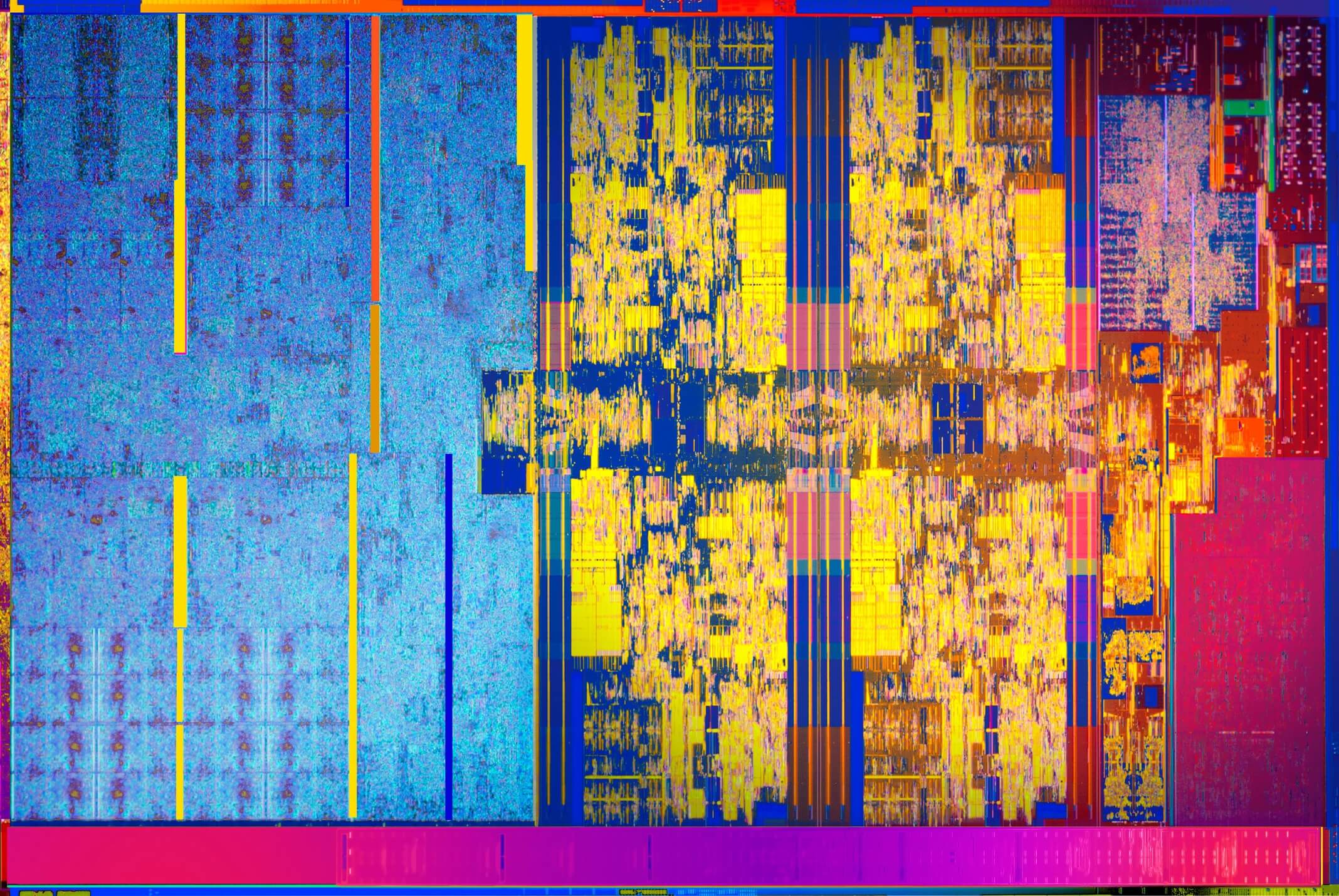Graphics Benchmarks
Graphics isn't a focus of Kaby Lake-R, with Intel opting for a very minor 100 MHz (9.5%) clock speed increase across the same number of execution units. Still, with extra CPU power at hand - though potentially there's limited access to these resources under the low 15W TDP - it's worth exploring how GPU-heavy workloads fare.



Looking at Cloud Gate first up, this is a test that already runs fairly well on ultraportables and can be CPU-limited at times. The i7-8550U manages to outperform the i7-7500U here by 23 percent, which suggests some of the additional CPU resources are getting utilized.
As we move to more intensive tests such as Sky Diver and Time Spy, the benefits of the faster CPU slip away, and we're left with the pure gains to GPU performance. As expected, we see performance improvements in the 8 to 9 percent range in these tests. Interestingly, though, the benefits of the 8550U's quad-core CPU come out in Time Spy's CPU score, which is a good 51 percent higher than its predecessor.


This extra GPU horsepower does become useful in games. Tomb Raider, for example, runs nearly 25 percent faster on the 8550U compared to the 7500U, at 720p low settings. You can expect similar results in games that hit a mixture of the CPU and GPU.
On the other hand, a game like Civilization VI - which is normally CPU limited on a high-end gaming machine - remains GPU limited on the 8550U, so we're only seeing performance improvements of around 10 percent at 1080p minimum quality settings.
I'm curious to see how a quad-core CPU configuration like this would fare with Intel's Iris graphics, both in the existing 15W and 28W TDP constraints for U-series parts. That'll be something to explore when Intel expands their 8th-generation line-up, hopefully with those sorts of SKUs.
